p38 (PT0436R) PT® Rabbit mAb
- Catalog Number : AM8276
- Number : AM8276
-
Size:
Qty : - Price : Request 詢價
- Stock : Request
General Information
| Reactivity | Human, Mouse, Rat | ||||||||||||
|---|---|---|---|---|---|---|---|---|---|---|---|---|---|
| Application | WB, IF, IHC, ELISA, IP | ||||||||||||
| Host | Rabbit | ||||||||||||
| Clonality | Monoclonal | ||||||||||||
| Conjugate | Non-conjugated | ||||||||||||
| Isotype | IgG,Kappa | ||||||||||||
| Molecular Weight | 41kD (Calculated) | 41kD (Observed) | ||||||||||||
| Storage buffer | PBS, 50% glycerol, 0.05% Proclin 300, 0.05%BSA | ||||||||||||
| Storage instruction | -15°C to -25°C/1 year(Do not lower than -25°C) | ||||||||||||
| Research topic | >>Endocrine resistance >>MAPK signaling pathway >>Rap1 signaling pathway | ||||||||||||
| Alias | Mitogen-activated protein kinase 14
MAP kinase 14 MAPK 14 Cytokine suppressive anti-inflammatory drug-binding protein CSAID-binding protein CSBP MAP kinase MXI2 MAX-interacting protein 2 Mitogen-activated protein kinase p38 alpha MAP kinase p38 alpha Stress-activated protein kinase 2a SAPK2a |
||||||||||||
| Recommended Dilution Ratio | WB 1:1000-1:5000; IHC 1:50-1:300; IF 1:200-1:1000; ELISA 1:5000-1:20000; IP 1:50-1:200 | ||||||||||||
| Specificity | Endogenous | ||||||||||||
| Purification | Protein A | ||||||||||||
| Gene Name | MAPK14 CSBP CSBP1 CSBP2 CSPB1 MXI2 SAPK2A | ||||||||||||
| Protein Name | p38 | ||||||||||||
| Database Link |
| ||||||||||||
| Background | The protein encoded by this gene is a member of the MAP kinase family. MAP kinases act as an integration point for multiple biochemical signals, and are involved in a wide variety of cellular processes such as proliferation, differentiation, transcription regulation and development. This kinase is activated by various environmental stresses and proinflammatory cytokines. The activation requires its phosphorylation by MAP kinase kinases (MKKs), or its autophosphorylation triggered by the interaction of MAP3K7IP1/TAB1 protein with this kinase. The substrates of this kinase include transcription regulator ATF2, MEF2C, and MAX, cell cycle regulator CDC25B, and tumor suppressor p53, which suggest the roles of this kinase in stress related transcription and cell cycle regulation, as well as in genotoxic stress response. Four alternatively spliced transcript variants of this gene encoding d. | ||||||||||||
| Function | Catalytic activity:ATP + a protein = ADP + a phosphoprotein.,cofactor:Magnesium.,Domain:The TXY motif contains the threonine and tyrosine residues whose phosphorylation activates the MAP kinases.,enzyme regulation:Activated by threonine and tyrosine phosphorylation by either of two dual specificity kinases, MAP2K3 or MAP2K6, and potentially also MAP2K4. Inhibited by dual specificity phosphatases, such as DUSP1. Specifically inhibited by the binding of pyridinyl-imidazole compounds, which are cytokine-suppressive anti-inflammatory drugs (CSAID). Isoform Mxi2 is 100-fold less sensitive to these agents than the other isoforms and is not inhibited by DUSP1. Isoform Exip is not activated by MAP2K6.,Function:Responds to activation by environmental stress, pro-inflammatory cytokines and lipopolysaccharide (LPS) by phosphorylating a number of transcription factors, such as ELK1 and ATF2 and several downstream kinases, such as MAPKAPK2 and MAPKAPK5. Plays a critical role in the production of some cytokines, for example IL-6. May play a role in stabilization of EPO mRNA during hypoxic stress. Isoform Mxi2 activation is stimulated by mitogens and oxidative stress and only poorly phosphorylates ELK1 and ATF2. Isoform Exip may play a role in the early onset of apoptosis.,online information:P38 mitogen-activated protein kinases entry,PTM:Dually phosphorylated on Thr-180 and Tyr-182, which activates the enzyme.,PTM:Phosphorylated upon DNA damage, probably by ATM or ATR.,similarity:Belongs to the protein kinase superfamily. CMGC Ser/Thr protein kinase family. MAP kinase subfamily.,similarity:Contains 1 protein kinase domain.,subunit:Binds to a kinase interaction motif within the protein tyrosine phosphatase, PTPRR. This interaction retains MAPK14 in the cytoplasm and prevents nuclear accumulation. Interacts with SPAG9 (By similarity). Interacts with NP60 and FAM48A.,tissue specificity:Brain, heart, placenta, pancreas and skeletal muscle. Expressed to a lesser extent in lung, liver and kidney. | ||||||||||||
| Cellular Localization | Cytoplasm, Nucleus | ||||||||||||
| Tissue Expression | Brain, heart, placenta, pancreas and skeletal muscle. Expressed to a lesser extent in lung, liver and kidney. | ||||||||||||
| Validation Data |
Various whole cell lysates were separated by 4-20% SDS-PAGE, and the membrane was blotted with anti-p38 antibody. The HRP-conjugated Goat anti-Rabbit IgG(H + L) antibody was used to detect the antibody. Lane 1: Hela Lane 2: A549 Lane 3: Mouse lung Lane 4: Rat lung Predicted band size: 41kDa Observed band size: 41kDa | ||||||||||||
Rat Mesenteric lymph nodes was stained with anti-p38 Rabbit antibody | |||||||||||||
Immunofluorescence analysis of Hela cell. 1,p38 Antibody(green) was diluted at 1:200(4° overnight). 2, Goat Anti Rabbit Alexa Fluor 488 Catalog:RS3211 was diluted at 1:1000(room temperature, 50min). 3 DAPI(blue) 10min. | |||||||||||||
Rat Mesenteric lymph nodes was stained with anti-p38 Rabbit antibody |
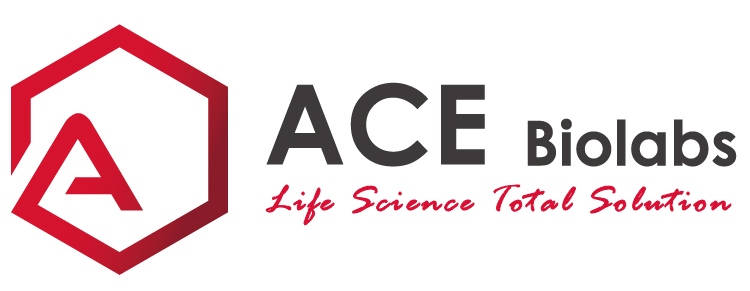
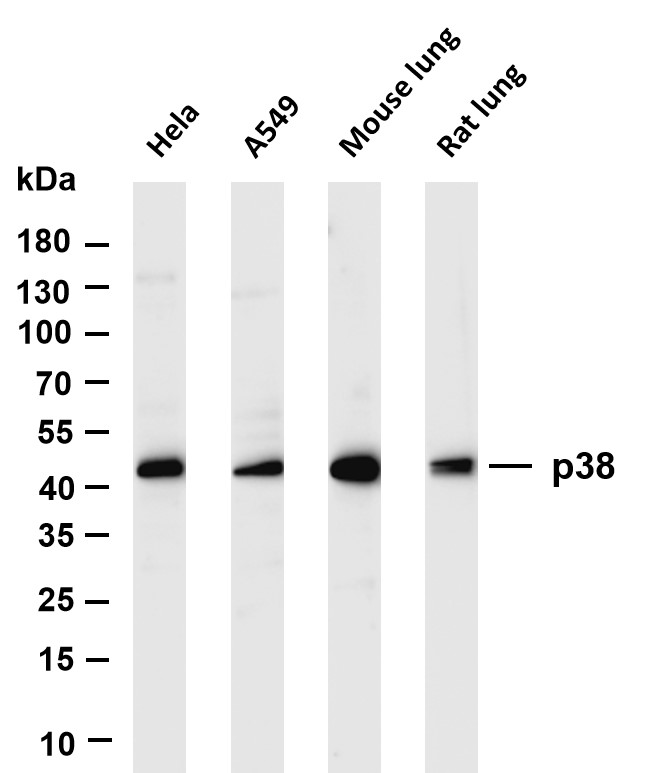
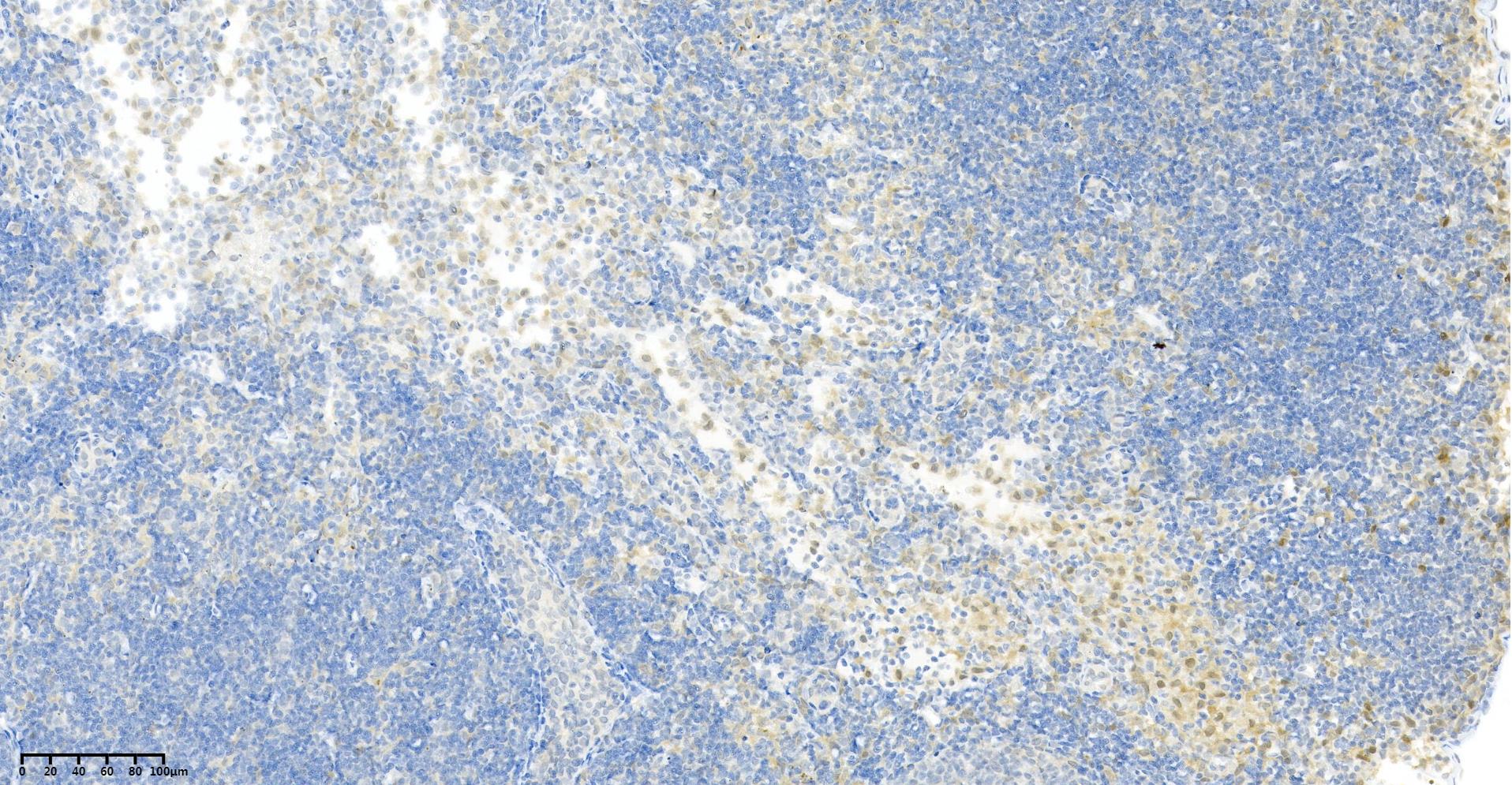
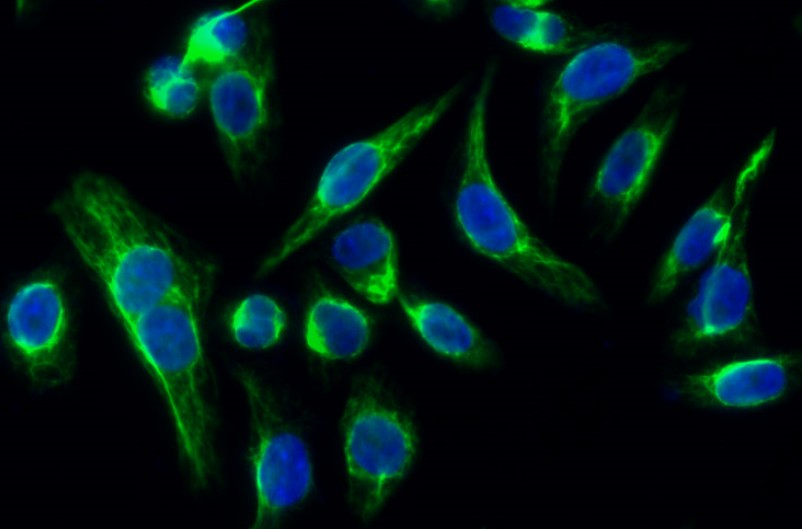
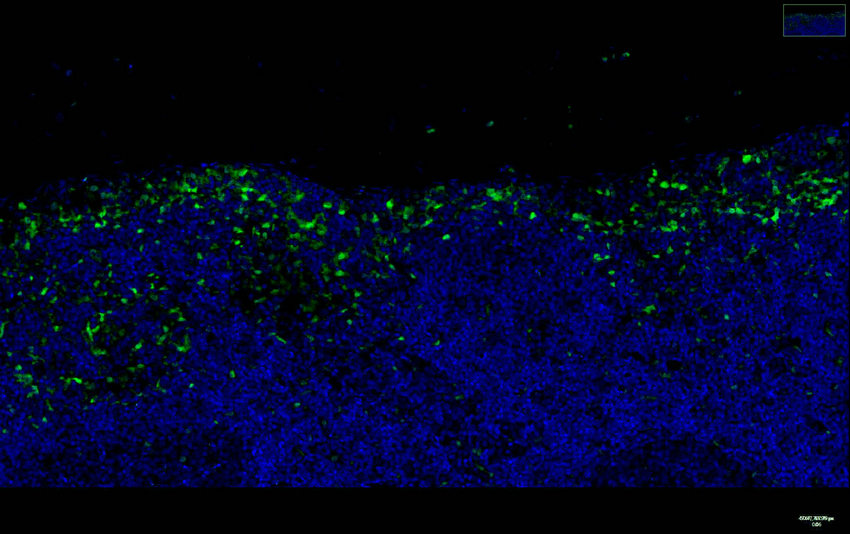






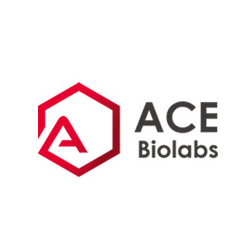


.png)